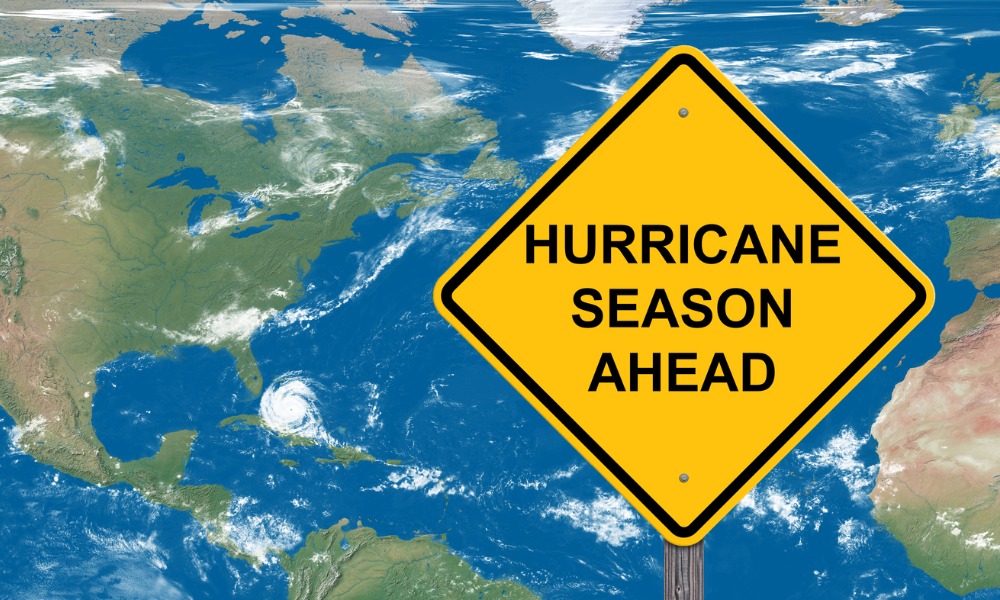East Coast braces for active hurricane season amid rising ocean temperatures

East Coast braces for active hurricane season amid rising ocean temperatures | Insurance Business Canada
Catastrophe & Flood
East Coast braces for active hurricane season amid rising ocean temperatures
Experts predict up to 25 storms, including potential hurricanes, this season
Catastrophe & Flood
By
Jonalyn Cueto
Record-breaking ocean temperatures and shifting weather patterns are setting the stage for an unusually busy hurricane season on the East Coast, experts warn.
Predictions from the US National Oceanic and Atmospheric Administration (NOAA) forecast between 17 and 25 named storms, with eight to 13 of them potentially reaching hurricane status, and four to seven becoming major hurricanes. This prediction, the highest pre-season forecast ever issued by NOAA, covers the period from June 1 to Nov. 30.
Bob Robichaud, a warning preparedness meteorologist with the Canadian Hurricane Centre, emphasized the unprecedented ocean heat in a virtual press conference on Thursday. “The level of heat that’s contained in the ocean right now is pretty much unprecedented,” he said.
Determining how many storms will make landfall in Atlantic Canada remains uncertain. “It’s too early to tell,” Robichaud said, noting that storm movements depend on daily weather conditions. Historically, 35% of Atlantic Basin storms affect the Canadian Hurricane Centre’s zone, but this average varies yearly.
Residents urged to prepare
The last two hurricane seasons highlight the variability and potential devastation. In 2022, Hurricane Fiona made landfall in Nova Scotia, resulting in at least three deaths, billions in damages, and power outages for over 500,000 households. Conversely, last year’s Hurricane Lee, although causing power outages, was less destructive.
Robichaud noted that rising ocean temperatures due to climate change are driving more intense hurricanes. Warm water acts as hurricane fuel, not only producing stronger storms but also accelerating their intensification. This year, the transition from El Niño to La Niña conditions, which tend to favor more severe hurricane seasons, could further amplify storm activity.
Nathan Gillet, a research scientist at the Canadian Centre for Climate Modelling and Analysis, highlighted the effects of sea-level rise on storm surges. Flooding from heavy rainfall and coastal surges poses significant risks, he said. “It’s very surprising how strong that water can be,” Robichaud cautioned, urging people to avoid driving or walking on flooded roads due to the danger of swift waters.
Another hazard during hurricanes, according to Robichaud, is the improper use of backup generators, which can be fatal. As the season begins, he stressed the importance of early preparation.
Insurance coverage for storm surge damage remains limited, according to the Insurance Bureau of Canada. Many homeowners found themselves without coverage after Fiona, as most home insurance policies do not cover flood damage from storm surges. In response, the federal government is developing a National Flood Insurance program to provide affordable insurance for high-risk areas, including storm surges, aiming for implementation by 2025.
Have something to say about this story? Leave a comment below.
Related Stories
Keep up with the latest news and events
Join our mailing list, it’s free!






